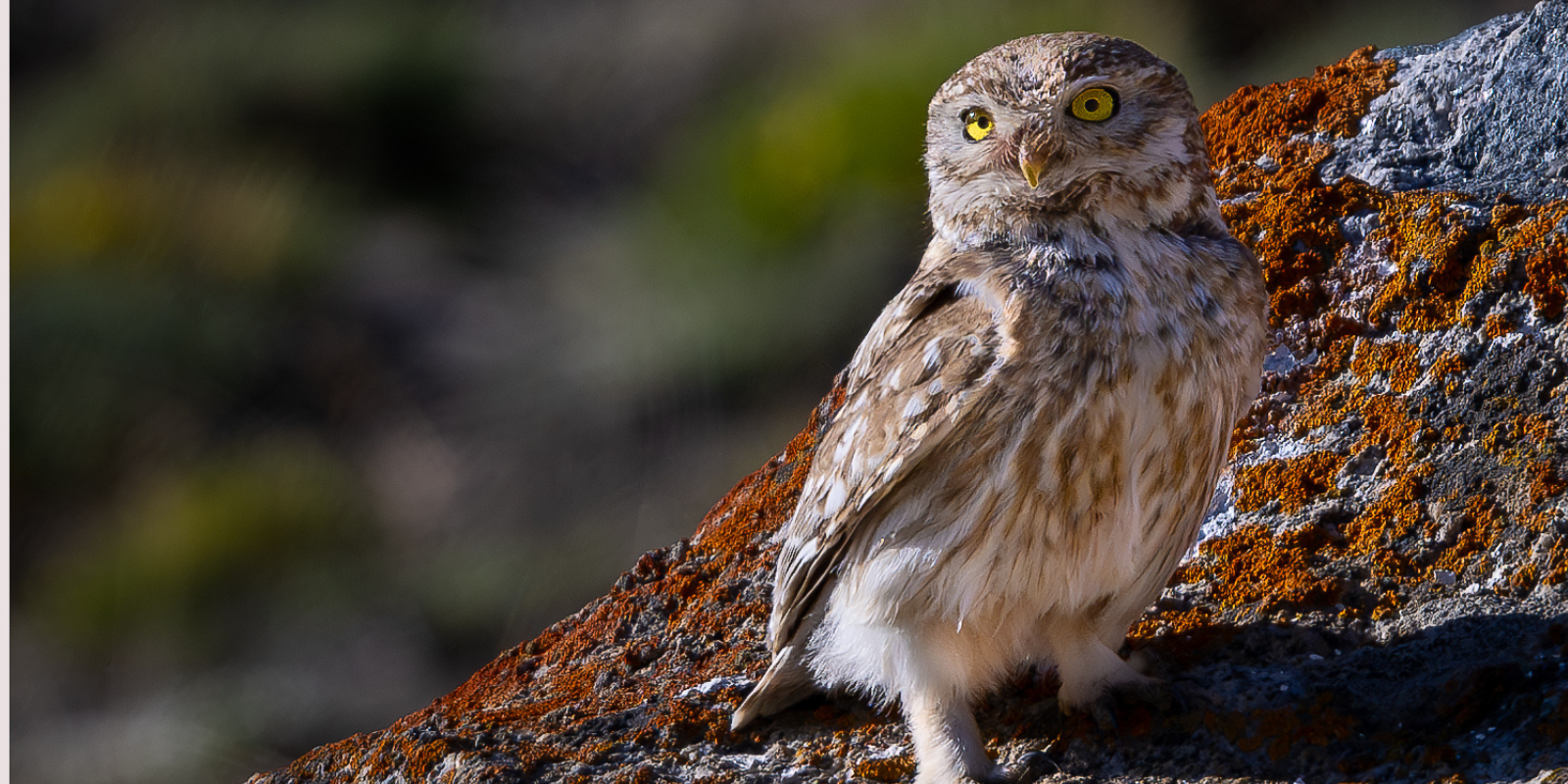
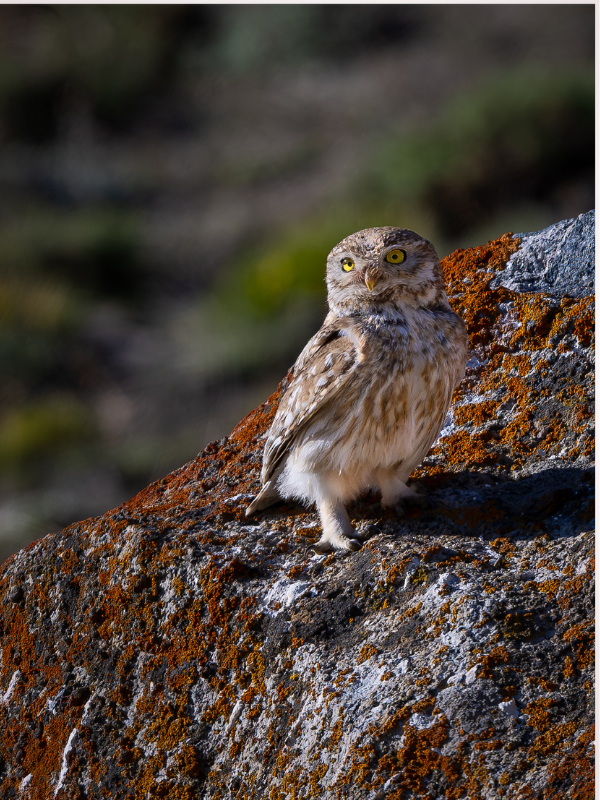
Nishant Rana
When someone mentions Ladakh, you might picture sky-high mountains, dramatic snow-capped peaks, and some of the world’s highest motorable passes. But here’s the thing—there’s way more to Ladakh than just jaw-dropping landscapes. Hidden in this remote corner of India is a wildlife wonderland that’s straight out of a National Geographic documentary. Ladakh is home to 318 species of birds (including some epic seasonal visitors) and around 30 species of mammals, many of which are rare and endangered. While the Snow Leopard might be the rockstar of Ladakh’s wild scene, the region is packed with other cool creatures that are often left out of the conversation.
If you’re a wildlife enthusiast or a photography junkie, Ladakh offers a once-in-a-lifetime opportunity to capture some seriously unique content. But heads up—this isn’t your average safari. Wildlife photography in Ladakh comes with its own set of challenges, from sky-high altitudes to rugged terrain. But trust me, the rewards are so worth it.
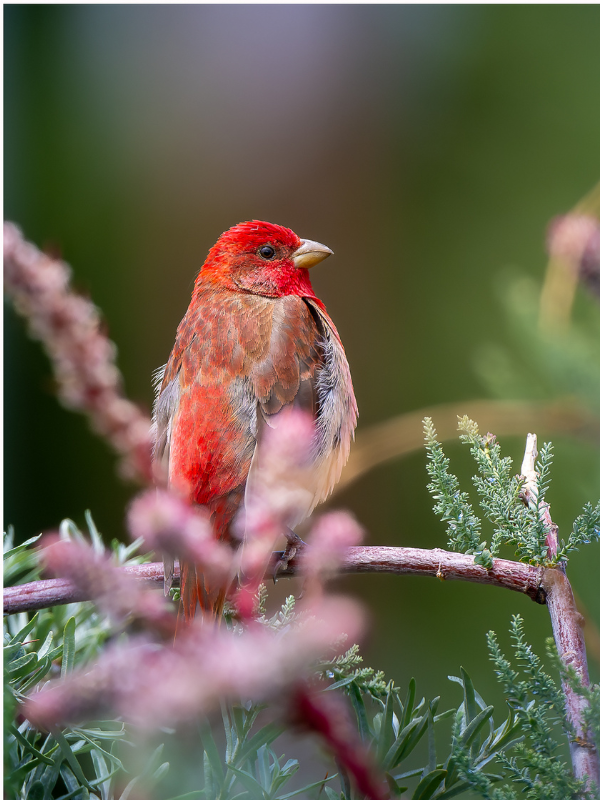
Level Up: Planning Your Ladakh Wildlife Adventure
In Ladakh, wildlife isn’t exactly hanging out in plain sight. Different species are scattered across vast, isolated areas, so you’ll need to know where to look. Want to snap a pic of the Black-necked Crane, Ladakh’s state bird? Head to Tso Moriri or Hanle. After a shot of the adorable Himalayan Marmot? Durbuk and Wari-La are your go-tos. Given the terrain and logistics, an experienced guide is a must-have. Most bird photography tour operators in India offer epic Ladakh expeditions, usually lasting between 8 and 12 days. Whether you’re vibing with a customized tour or joining a squad on a pre-planned adventure, securing your guide is key to a successful trip.
Getting There: Choose Your Adventure
So, how do you get to this remote wilderness? You’ve got two options: You can either embark on a multi-day road trip from Delhi via Srinagar (1,200 km) or Manali (900 km), or you can hop on a flight from Delhi to Leh. The flight is only about an hour and a half and offers some of the most scenic views you’ll ever see. But remember, if you’re flying in, don’t plan anything intense on your first day. The altitude is no joke, and you’ll need that time to acclimate and avoid feeling like a dizzy mess.
Gear Check: Your Ultimate Photography Kit
Let’s talk gear—because if you’re heading to Ladakh for wildlife photography, you’ll need to be ready to roll with the best of the best. Start with two camera bodies: one with a long telephoto lens for those far-off critters and another with a wide-angle lens to capture Ladakh’s epic landscapes. Wildlife here tends to be on the shy side, so you’ll want the longest telephoto lens you can get your hands on. Also, don’t forget extra batteries, memory cards, a laptop, and an external hard drive for backups—there’s nothing worse than running out of juice or space when you’re about to get the perfect shot.
Now, let’s talk about the elements. Most wildlife trips to Ladakh happen between late June and August, when the weather is generally kind. But, surprise! Ladakh is known for its unpredictable weather. One minute it’s sunny, and the next, you’re in the middle of a downpour or a sudden cold snap. A solid pair of waterproof trekking shoes is a must—and make sure you break them in before your trip to avoid blisters. Layer up with a down jacket that can handle at least -10°C, some cozy thermals, woolen socks, and a few warm sweatshirts. And don’t forget your rain gear—for both you and your camera.
Health Hacks: Stay Safe in the High Altitude
Ladakh’s high altitudes and remote locations aren’t just a test for your photography skills—they’re a serious challenge for your body too. Common altitude-related issues include breathlessness and Acute Mountain Sickness (AMS). In more extreme cases, you could face High-Altitude Cerebral Edema (HACE) or High-Altitude Pulmonary Edema (HAPE), which can be life-threatening if not treated early. Medical help is often far away, so a pre-trip check-up with your doctor is non-negotiable, especially if you have any health conditions. Some travellers take Acetazolamide (Diamox) to prevent altitude sickness, but you should only do this under a doctor’s advice. Also, stock up on your regular meds and pack a first-aid kit with essentials like bandages, pain relief spray, and eye drops. And because the sun and wind in Ladakh can be brutal, bring a high-SPF sunscreen, lip balm, and moisturizer.
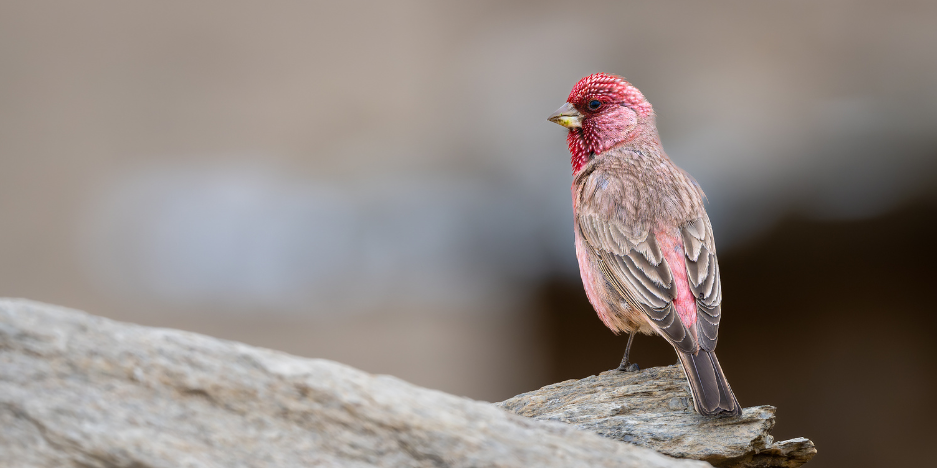
Insta-Worthy Wildlife Shots: Tips and Tricks
So, you’ve made it to Ladakh, and now it’s time to capture those once-in-a-lifetime wildlife shots. But here’s the deal—seeing wildlife with your own eyes and photographing it are two completely different things. Wildlife photography is a high-speed game, and you need to be ready to fire off your camera at a moment’s notice. Your guide will take you to the best spots, but how cooperative the animals will be is anyone’s guess. That’s why it’s essential to keep your camera on you at all times—leaving it in the car while your guide scouts could mean missing out on an epic shot.
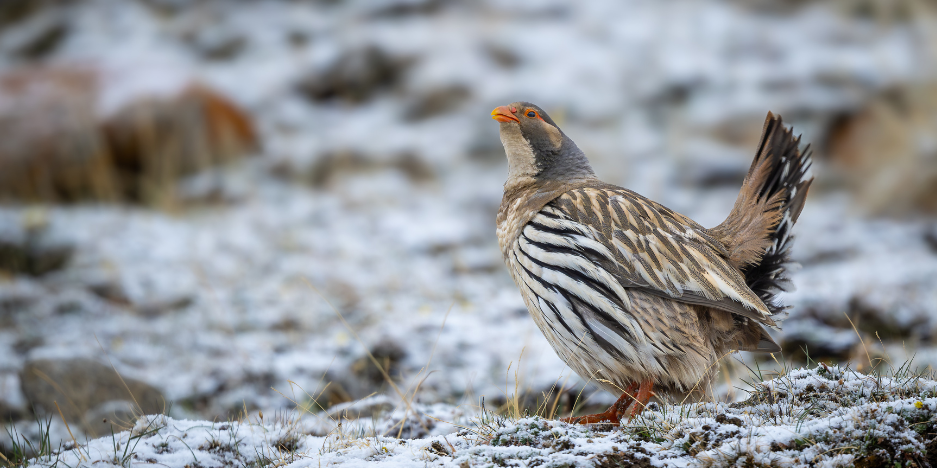
Set your shutter speed high—between 1/1600 and 1/2500 seconds—to freeze the action. If the animal or bird seems chill and isn’t fleeing, you can lower the shutter speed to capture more detail. Slow, deliberate movements are key—if a bird spots you, stop dead in your tracks. These wild creatures aren’t used to humans, so the last thing you want to do is spook them. If you need to get closer, walk in a zigzag pattern to avoid coming off as a threat. And for that perfect shot, get down to eye level with your subject. This technique will give you those dreamy, blurry backgrounds that make your photos pop on any social feed.
Beyond the Camera: Embrace the Experience
But let’s be real—your trip to Ladakh is about more than just nailing the perfect shot. It’s about connecting with a place that feels like it’s from another planet, where the air is thin but the experiences are rich. Take a moment to soak in the silence of the mountains, the chill of the morning air, and the thrill of seeing a rare species in the wild. This isn’t just a photo op—it’s a chance to unplug, recharge, and see the world from a totally new perspective.
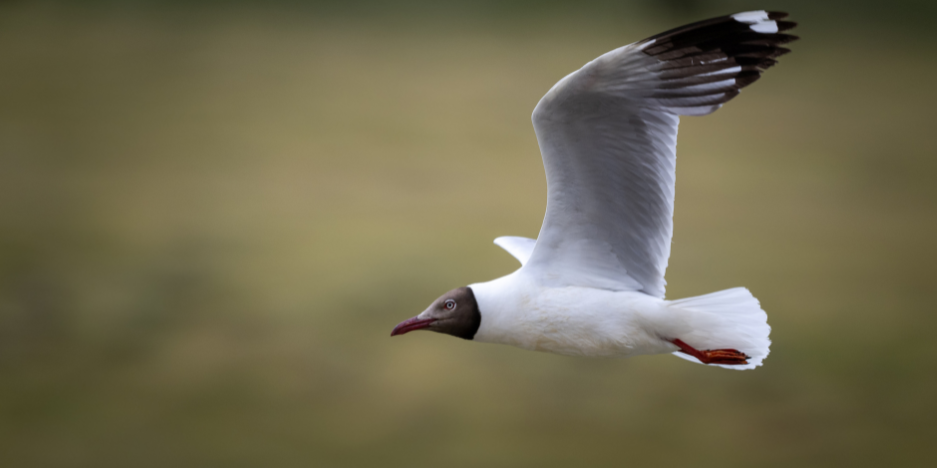
Ready, Set, Adventure!
A wildlife photography adventure in Ladakh isn’t just about filling up your memory card—it’s about filling your soul with stories that are worth sharing. Whether you’re trekking across high passes, snapping photos of elusive animals, or just taking in the breathtaking views, Ladakh is a place that stays with you long after you’ve left. So pack your gear, prep your playlist, and get ready for an adventure that will take your photography—and your Instagram game—to the next level.
Read more: Frame of Fame: Akash Das